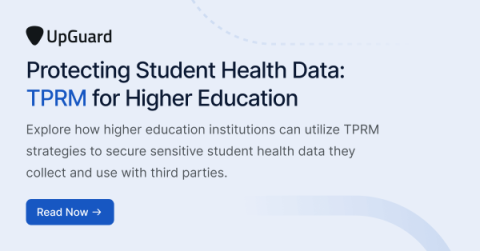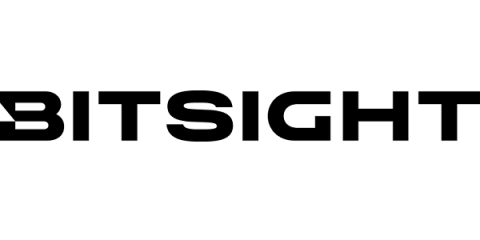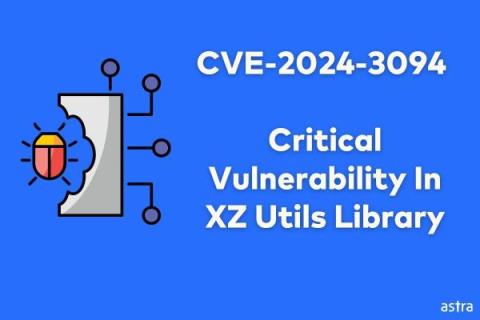Telemetry Data: Examples & Types of Data Collected
Telemetry data automatically collects and sends data from various devices to a central location for analysis and monitoring. However, not all data is created equal. To better understand data telemetry and how to leverage it, you also need to understand the different types of data telemetry. This article will discuss various telemetry data examples and types to help you better understand the topic.











